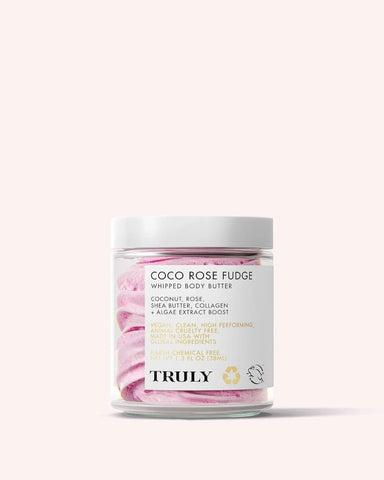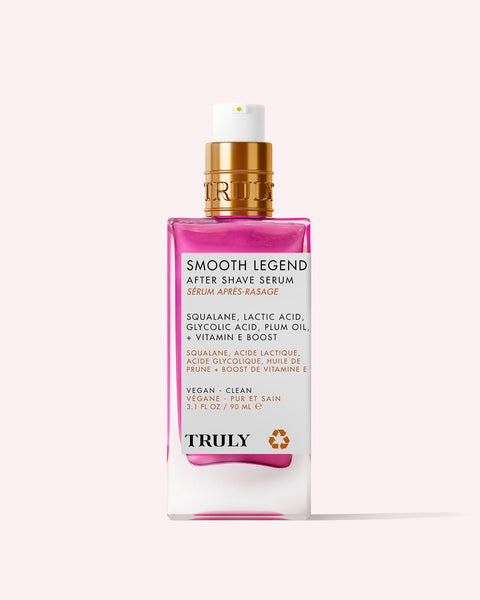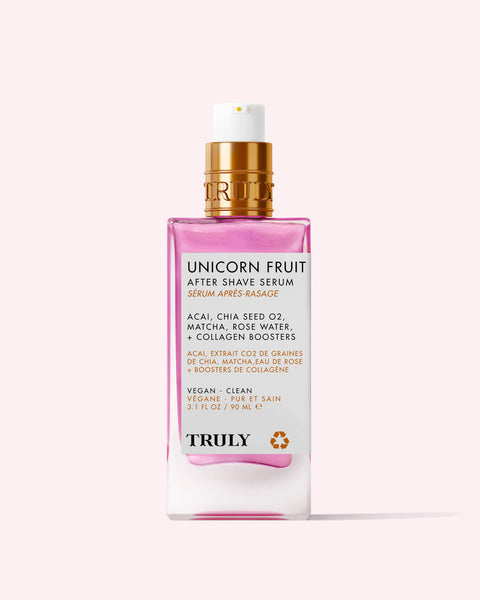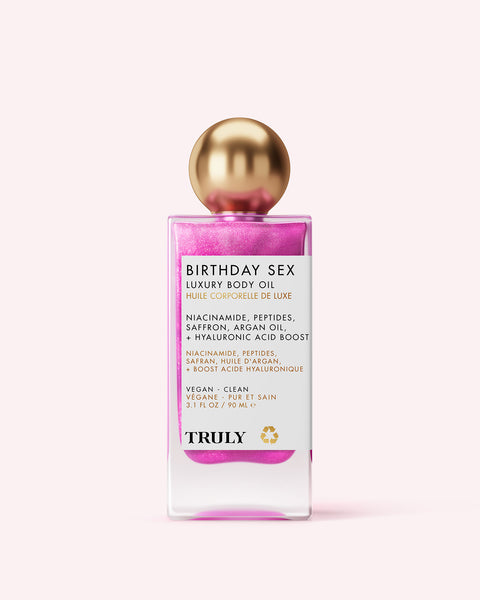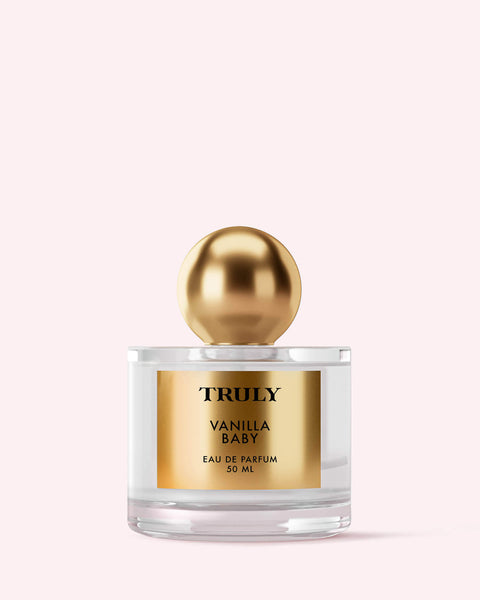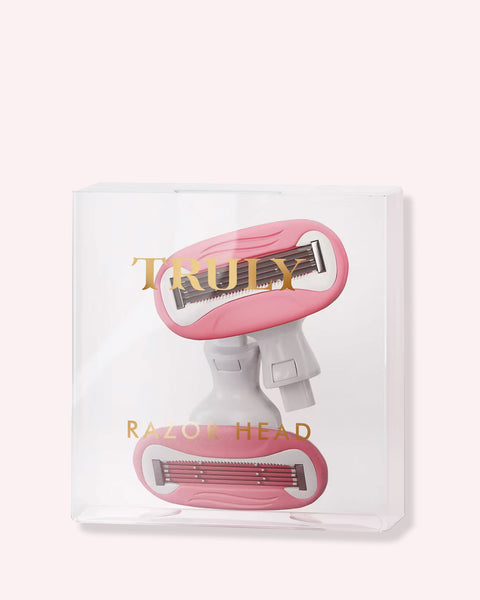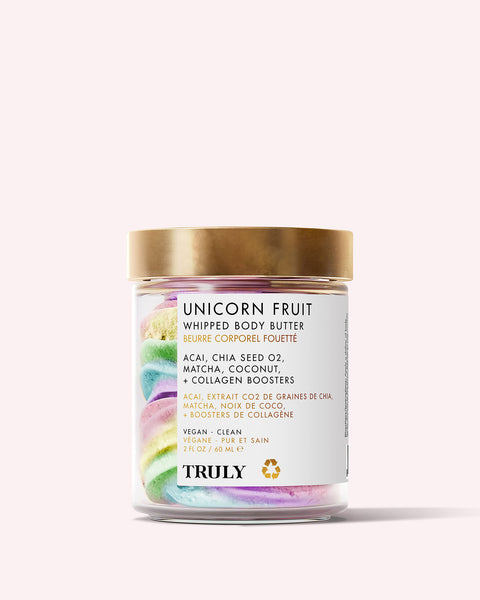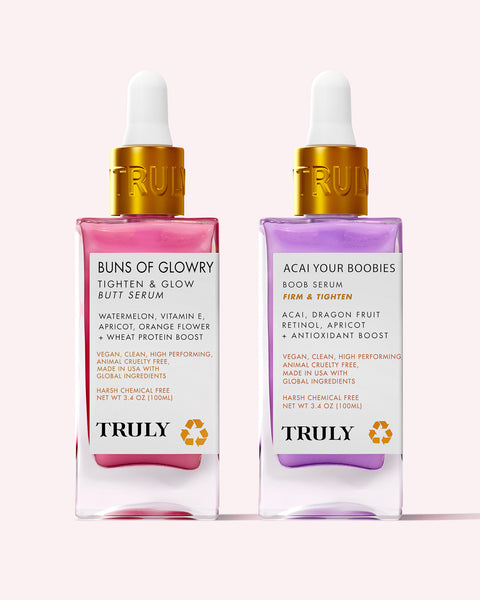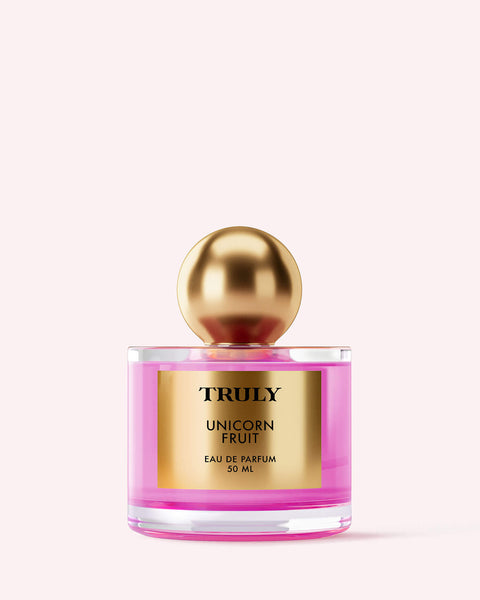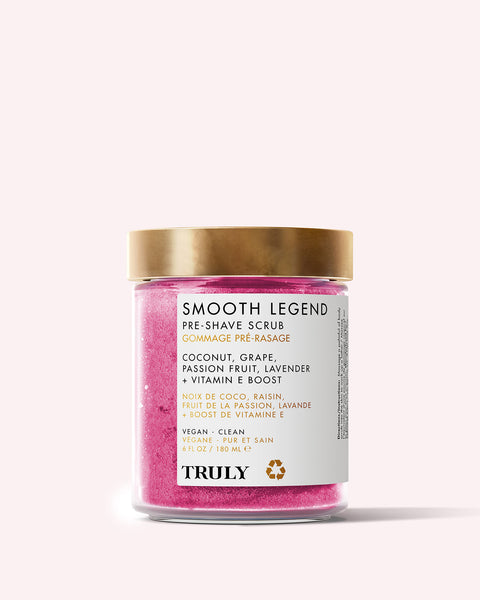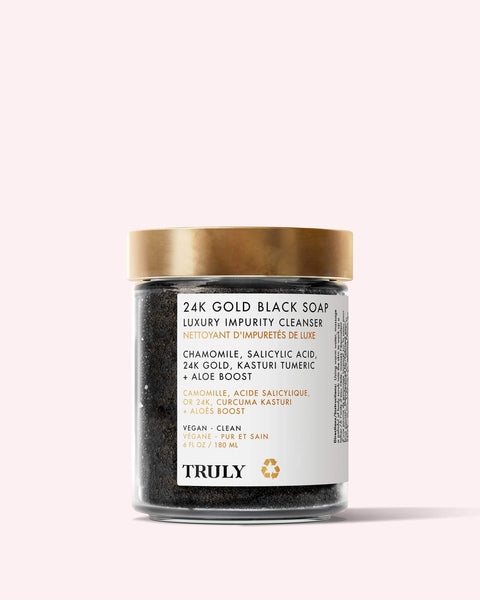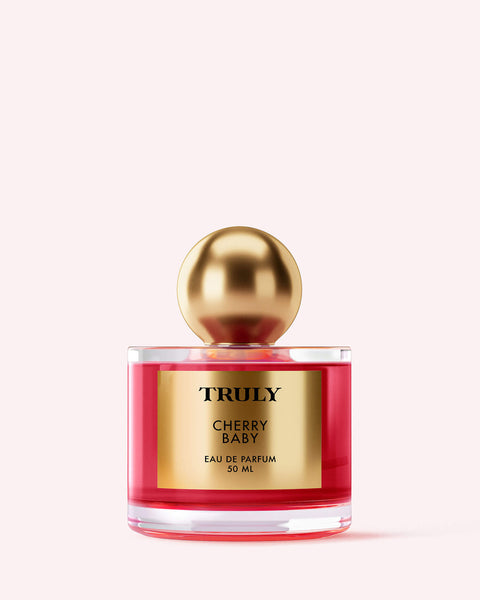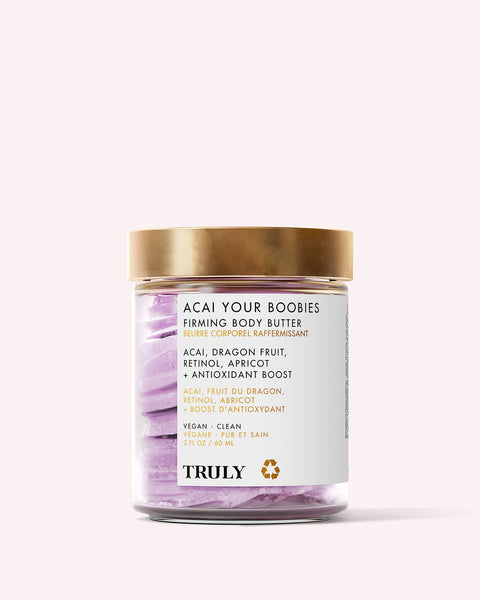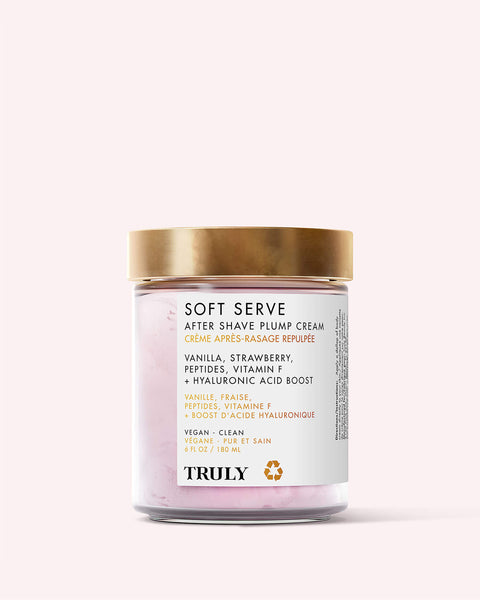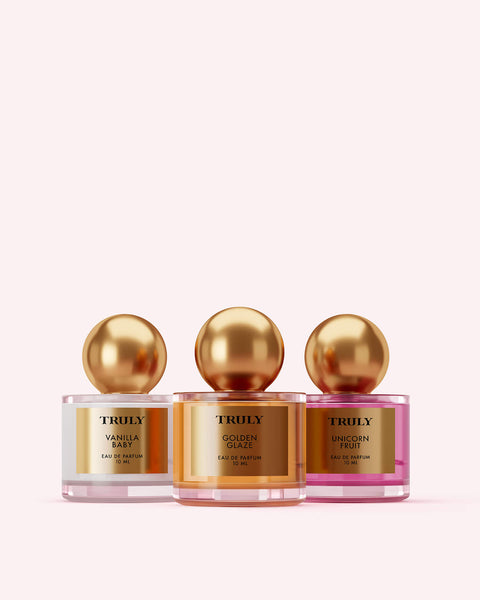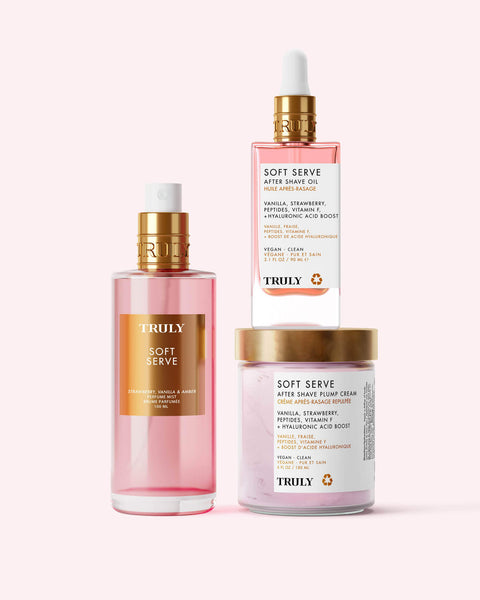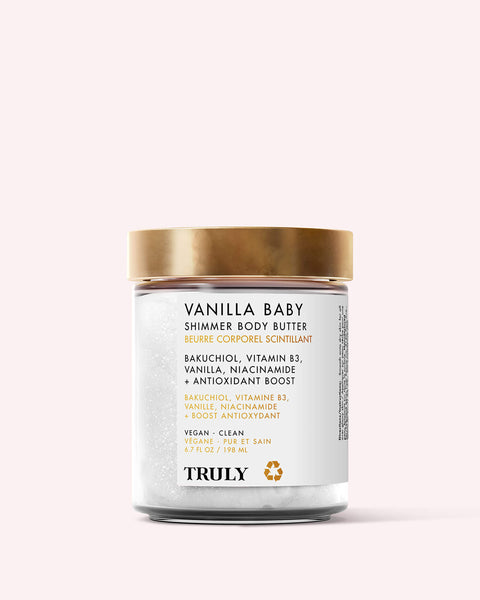Does Vaseline Clog Pores?

It’s been a beauty staple since the 1800s, but does Vaseline clog pores? For generations, women have turned to Vaseline, also known as petroleum jelly, for moisturizing and healing their skin. Even today, it’s received a new fanbase in Generation Z thanks to the unstoppable slugging craze.
But does Vaseline clog your pores and is it really safe to use on your face, especially if you have acne-prone skin? Here’s what you should know about using Vaseline on your skin.
Does Vaseline Clog Pores?
According to Vaseline’s website, Vaseline is non-comedogenic, which means it does not clog the pores. They say that while it feels thick and heavy to the touch, the product absorbs into the skin without aggravating the pores. However, dermatologists have conflicting opinions.
“Petrolatum is inherently comedogenic, which means it will clog the pores,” explained board-certified dermatologist Ted Lain, MD.
Alongside this, the American Academy of Dermatology (AAD) advises against applying Vaseline to the face if you have acne-prone skin as it may trigger more breakouts.
On the other hand, some dermatologists claim that Vaseline is considered non comedogenic because its molecules are too large to enter the pores, and ultimately unable to block them.
Will Vaseline clog pores? While there are conflicting opinions, most dermatologists agree that it’s best to avoid using Vaseline on your face if you have oily skin or you’re prone to breakouts. Even though Vaseline is a powerful skin hydrator that can trap moisture in the skin, those with acne-prone skin are better off sticking with lightweight serums or creams for daily hydration. If you have dry skin, however, Vaseline can be an excellent product for restoring hydration.
Is Vaseline Non Comedogenic?
Vaseline, or petroleum jelly, is generally considered non-comedogenic, which means it does not typically clog pores. Some dermatologists disagree and insist that it is indeed comedogenic (aka, pore clogging). For that reason, it’s best to use Vaseline on areas not prone to breakouts like your lips, elbows, knees, and ankles. However, it is generally considered to be non comedogenic.
Is it Ok to Put Vaseline on Your Face?
Vaseline’s primary function is to create a protective barrier on the skin’s surface, helping to retain moisture and prevent water loss. It works as a protective layer that's best applied over moisturizers to seal moisture in.
However, because of its occlusive properties, those with acne-prone skin may find that Vaseline causes further breakouts.
Here’s why: the occlusive nature of Vaseline creates a seal on the skin, locking in moisture but also potentially trapping substances like sweat, bacteria, or sebum. For people with acne-prone skin, this occlusive effect may contribute to the development or exacerbation of acne lesions. It’s essential to recognize that individual skin types vary, and what works well for some may not be suitable for others.
It’s okay to use Vaseline on your face as long as you cleanse thoroughly before using to ensure it doesn’t trap impurities—and ultimately clog pores.
Benefits of Vaseline for Skin
Vaseline has been a popular skincare product for many years due to its versatility and plethora of benefits for the skin. Here are the skincare benefits of Vaseline.
It’s Deeply Hydrating: Vaseline is an occlusive moisturizer, meaning it forms a barrier on the skin’s surface, helping to prevent water loss. This makes it effective for locking in moisture and keeping the skin hydrated. Applied over moisturizer as the last step of your routine ensures all that moisture gets locked in for long-lasting hydration.
It Heals Dry, Cracked Skin: Due to its ability to create a protective barrier, Vaseline is often used to help heal and soothe dry, cracked, or rough skin. It can be applied to areas like elbows, knees, and heels to provide quick relief.
It Soothes Chapped Lips: Vaseline is commonly used as a lip balm to alleviate dry, chapped lips. It helps to soften the lips and prevents further moisture loss. It's best used over your regular lip balm as a protective layer to seal in moisture and keep your lips softer for longer.
It Strengthens Barrier Protection: The thick, rich consistency of Vaseline makes it useful for protecting the skin from harsh weather conditions, such as wind and cold. It can be applied to exposed areas of the skin to create a barrier against environmental elements.
How to Use Vaseline
Can Vaseline clog pores? Vaseline is said to be non-comedogenic which means it should not clog your pores. Due to its occlusive nature, however, Vaseline may trap dirt and oils that can lead to congested pores. However, you may be able to prevent this by using it correctly. Here’s how to use Vaseline without clogging pores.
1: Cleanse your skin — Before applying Vaseline, make sure your skin is clean and free from dirt, makeup, or other products.
2: Moisturize — Apply your go-to daily moisturizer. Ideally, you want to use a face cream or serum that contains hydrating emollients and humectants like shea butter, hyaluronic acid, and jojoba oil.
3: Apply a thin layer — Use a small amount of Vaseline and spread it thinly on the desired areas. It's best to use over your moisturizer as a protective layer to stop moisture from escaping. Avoid applying a thick layer as this can increase the likelihood of trapping sweat, bacteria, and other impurities.
4: Focus on dry areas — Apply Vaseline to areas where your skin tends to be dry, such as the elbows, knees, and heels. This can help lock in moisture without affecting more sensitive or acne-prone areas.
5: Avoid using on acne-prone areas — To prevent worsening or triggering blemishes, avoid applying Vaseline to areas prone to acne breakouts, especially if you have oily or combination skin. Focus on using it in areas where you need extra moisture.
What's the Best Moisturizer to Use With Vaseline?
Vaseline works best when applied over your regular moisturizer to lock in moisture. What's the best moisturizer to pair with Vaseline? Here are some of our favorites.
Truly's Glazed Donut Facial Glow Cream
SHOP NOW
Luxuriously rich yet lightweight, this formula contains a nourishing blend of shea butter, passion fruit, and vitamin E, delivering an instant burst of moisture for visibly smoother, glowier skin.
Truly's Unicorn Fruit Whipped Body Butter
SHOP NOW
Try the iconic, cult-fave Unicorn Fruit Butter for all-day, all-over glow. It's made with matcha, shea butter, acai, and vegan collagen booster to drench skin in moisture while plumping out fine lines and soothing irritation.
Truly's Coco Rose Fudge Whipped Body Butter
SHOP NOW
Treat your skin to this floral-scented fan fave. Made with a blend of coconut and rose, this hydrating, pH balancing butter brightens, soothes, and hydrates for a youthful, dewy glow that lasts all day.
Does Vaseline Clog Your Pores?
Vaseline is a non-comedogenic product that should not congest the pores. That said, its occlusive nature might trap dirt and oils which can clog your pores. For that reason, it’s always best to apply Vaseline to freshly cleansed skin. To learn more, read our Clogged Pores: Ultimate Guide blog.
Does Vaseline clog pores? It’s important to pay attention to how your skin reacts to a new product. If you find your acne worsening, you may want to look for alternatives. If your skin responds well to it, then you should be able to continue using it without any issues.
Photo by Towfiqu barbhuiya, Pexels





